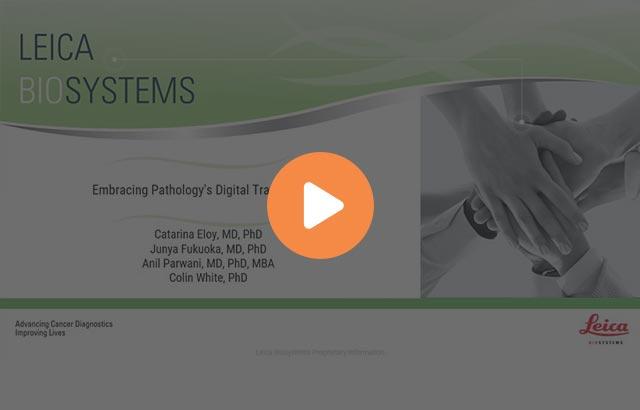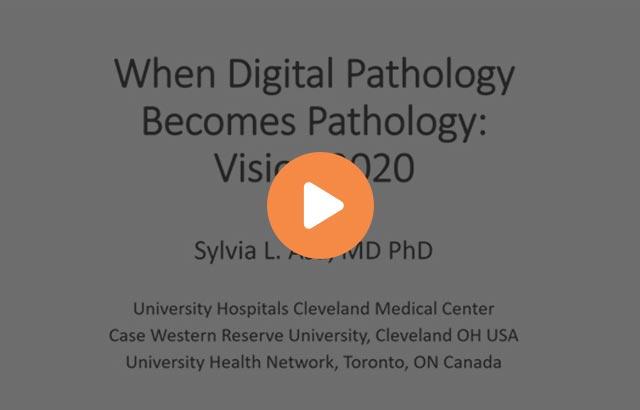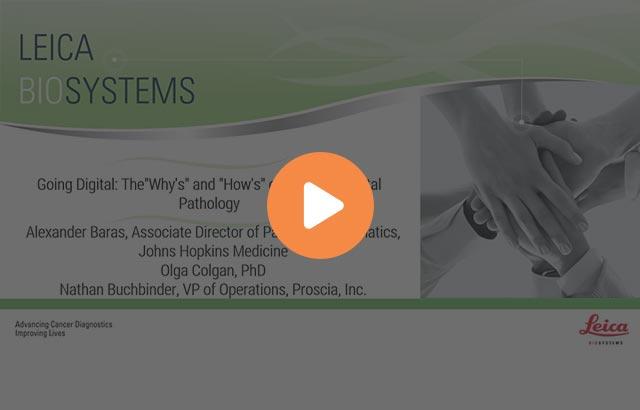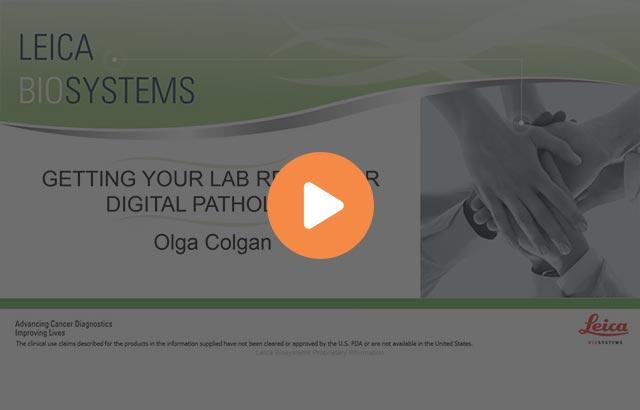How Integration Helps to Adopt Digital Pathology
Broad adoption of digital pathology (DP) is still lacking, and examples for DP connecting diagnostic, research, and educational use cases are missing.
In this presentation, Prof. Schüffler blueprints a holistic DP solution at a large academic medical center ubiquitously integrated into clinical workflows; research applications including molecular, genetic, and tissue databases; and educational processes.
About the presenter

Prof. Schüffler's (*1983) field of research is the area of digital and computational pathology. This includes novel machine learning approaches for the detection, segmentation and grading of cancer in pathology images, prediction of prognostic markers and outcome prediction (e.g. treatment response). Further, he investigates the efficient visualization of high-resolution digital pathology images, automated QA, new ergonomics for pathologists, and holistic integration of digital systems for clinics, research and education.
Prof. Schüffler received his BSc and MSc in Computational Biology at the Saarland University and the MPI, Saarbrücken, Germany. In 2015, he graduated his doctoral studies in machine learning for medical image data analysis at the ETH Zurich, Switzerland. He deepened his expertise in digital and computational pathology as a Postdoc and Sr. ML Scientist at the Memorial Sloan Kettering Cancer Center New York, USA, where he co-founded Paige. In 2021, Prof. Schüffler was appointed to the professorship for computational pathology at TUM.
Related Content
El contenido de Leica Biosystems Knowledge Pathway está sujeto a las condiciones de uso del sitio web de Leica Biosystems, disponibles en: Aviso legal.. El contenido, incluidos los webinars o seminarios web, los recursos de formación y los materiales relacionados, está destinado a proporcionar información general sobre temas concretos de interés para los profesionales de la salud y no está destinado a ser, ni debe interpretarse como asesoramiento médico, normativo o jurídico. Los puntos de vista y opiniones expresados en cualquier contenido de terceros reflejan los puntos de vista y opiniones personales de los ponentes/autores y no representan ni reflejan necesariamente los puntos de vista ni opiniones de Leica Biosystems, sus empleados o sus agentes. Cualquier enlace incluido en el contenido que proporcione acceso a recursos o contenido de terceros se proporciona únicamente por comodidad.
Para el uso de cualquier producto, debe consultarse la documentación correspondiente del producto, incluidas las guías de información, los prospectos y los manuales de funcionamiento.
Copyright © 2025 Leica Biosystems division of Leica Microsystems, Inc. and its Leica Biosystems affiliates. All rights reserved. LEICA and the Leica Logo are registered trademarks of Leica Microsystems IR GmbH.



